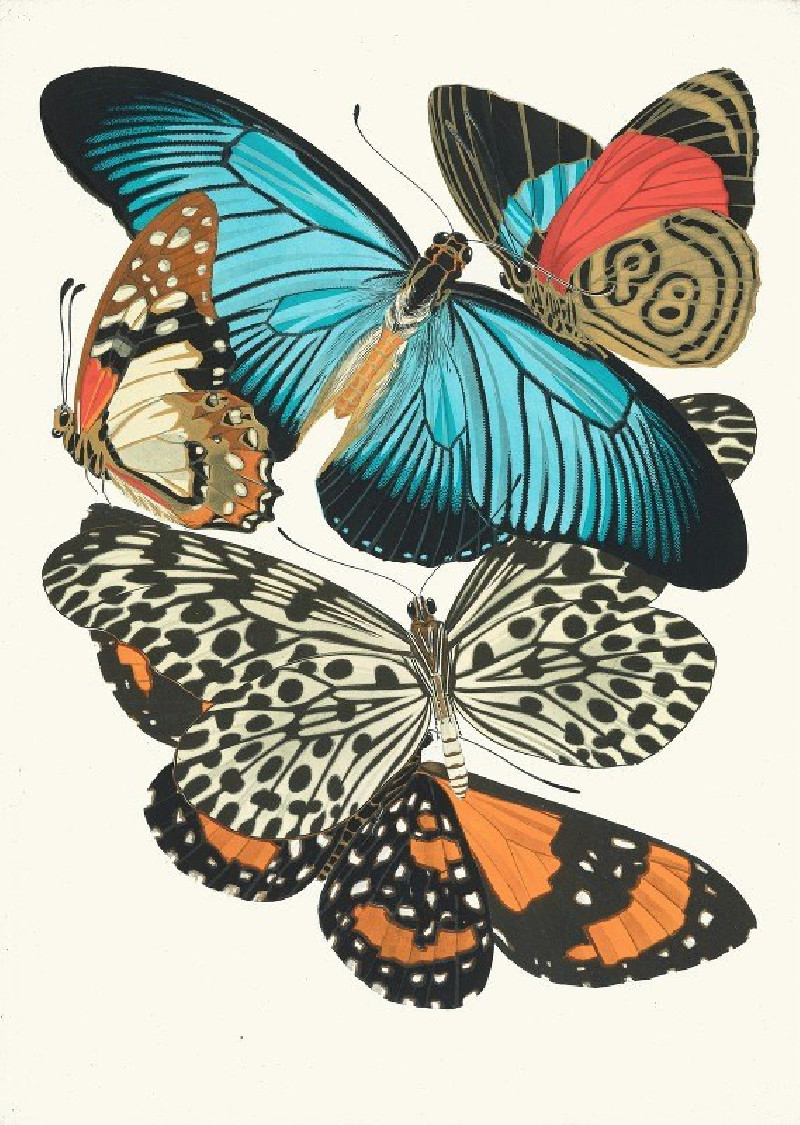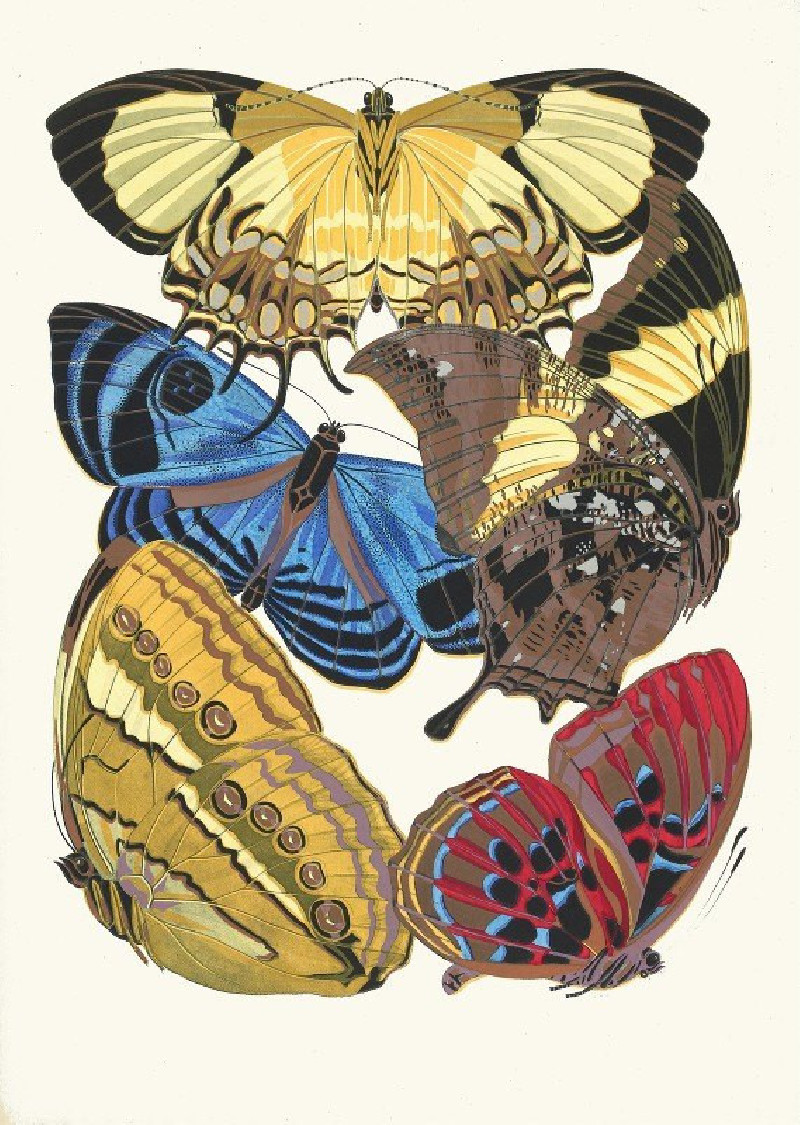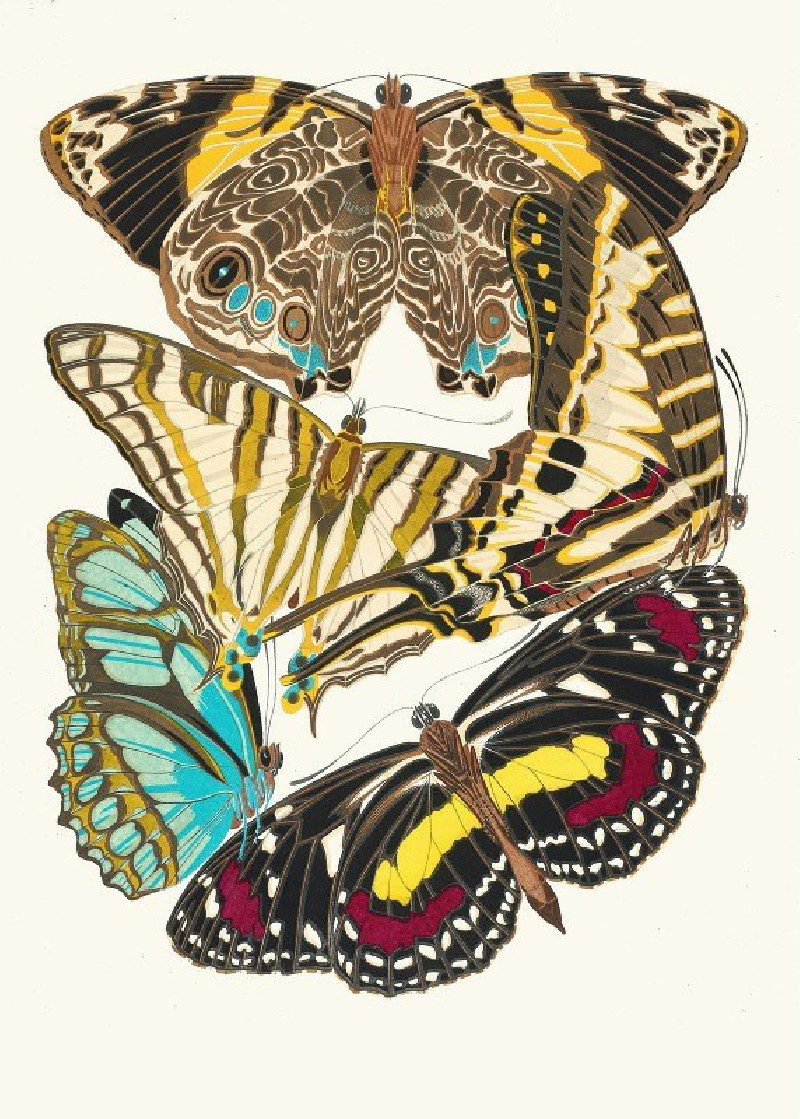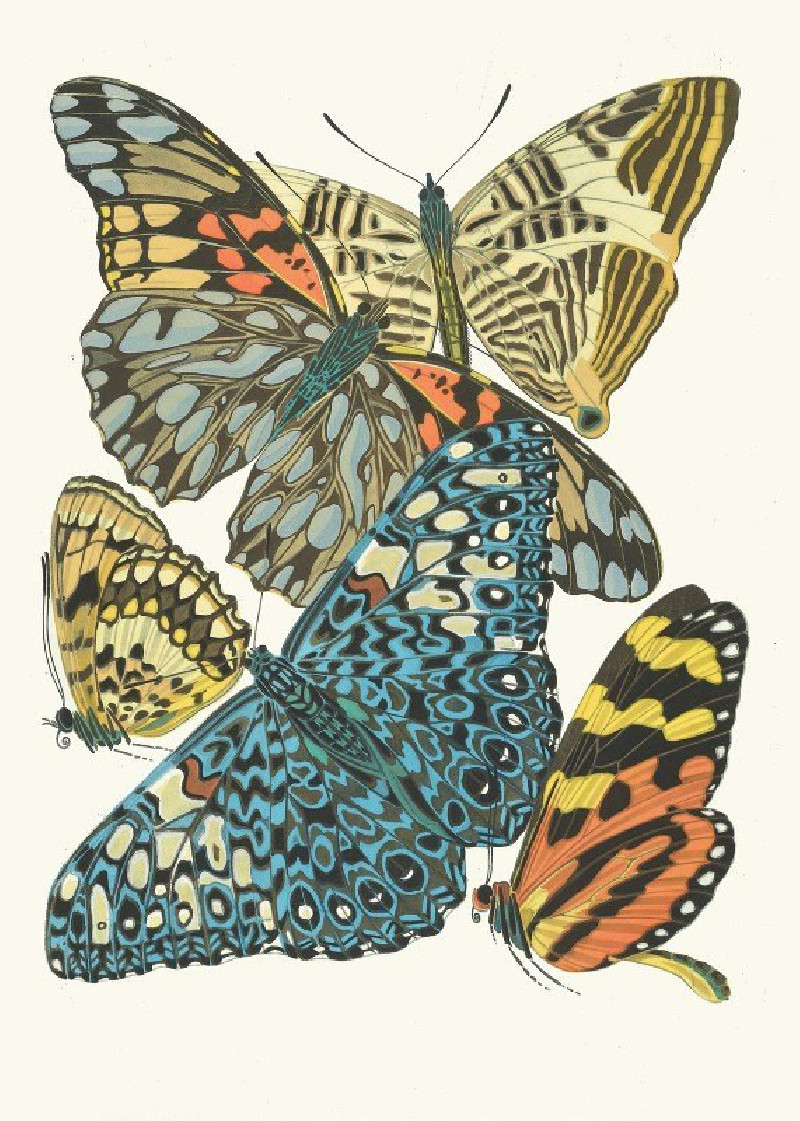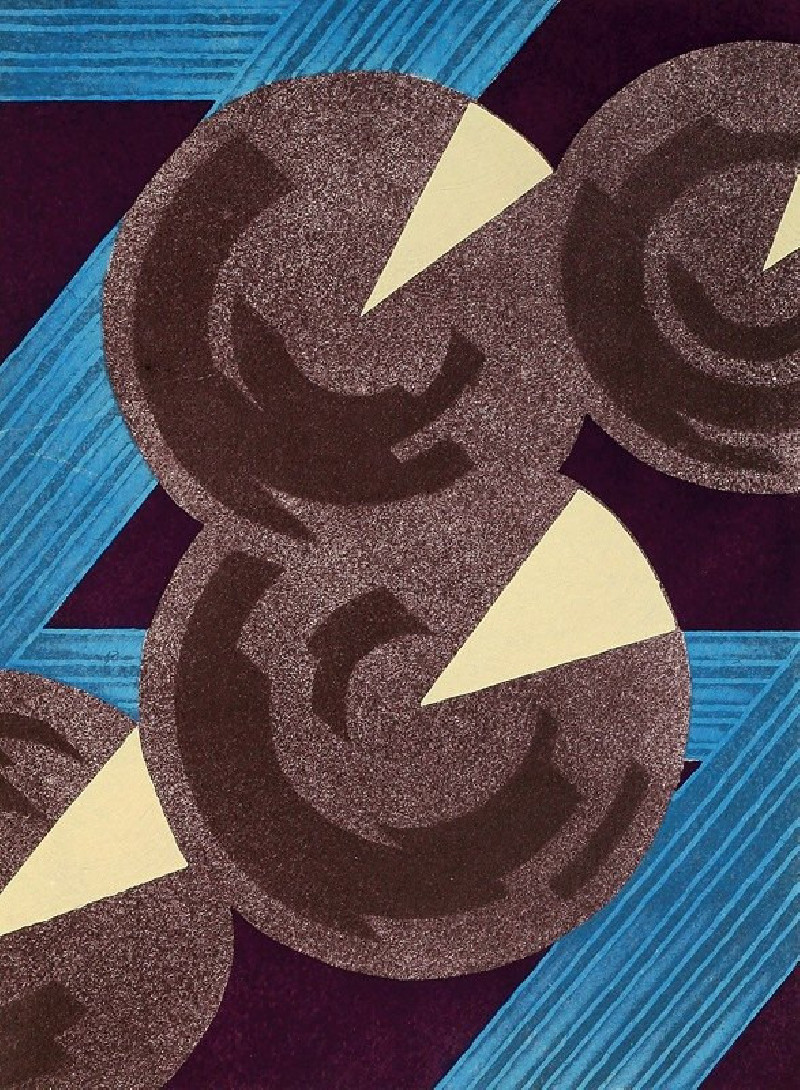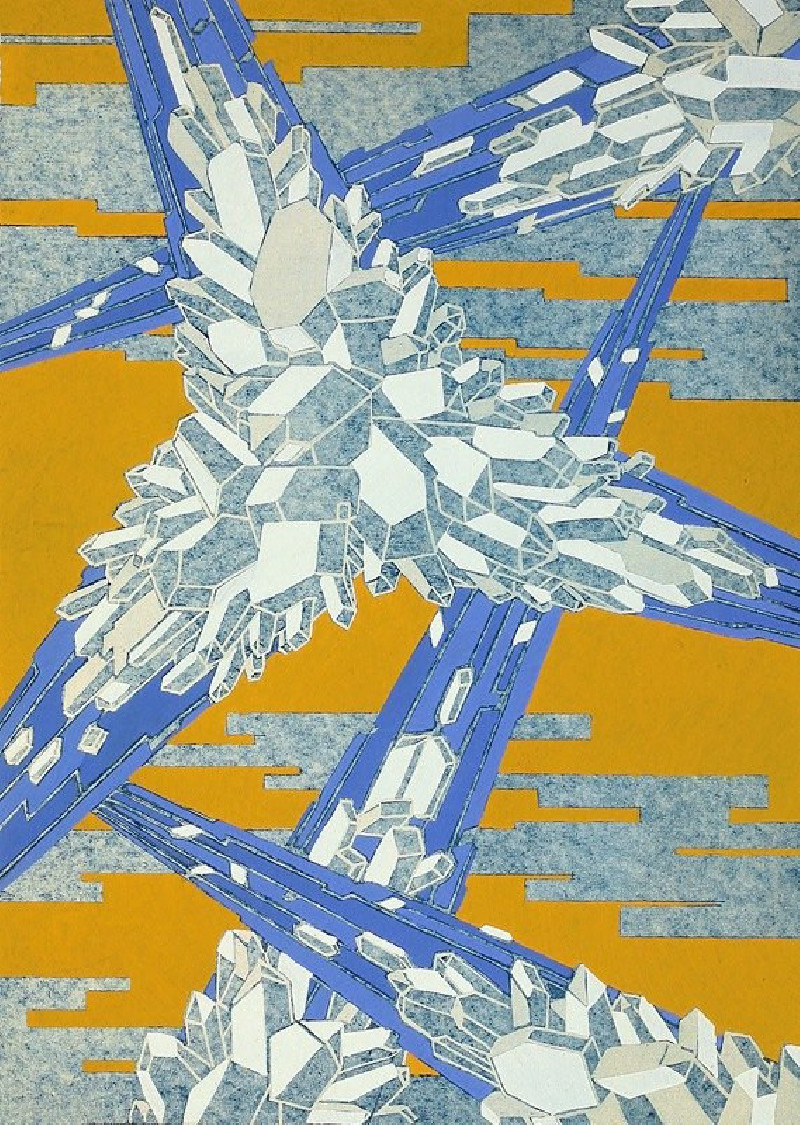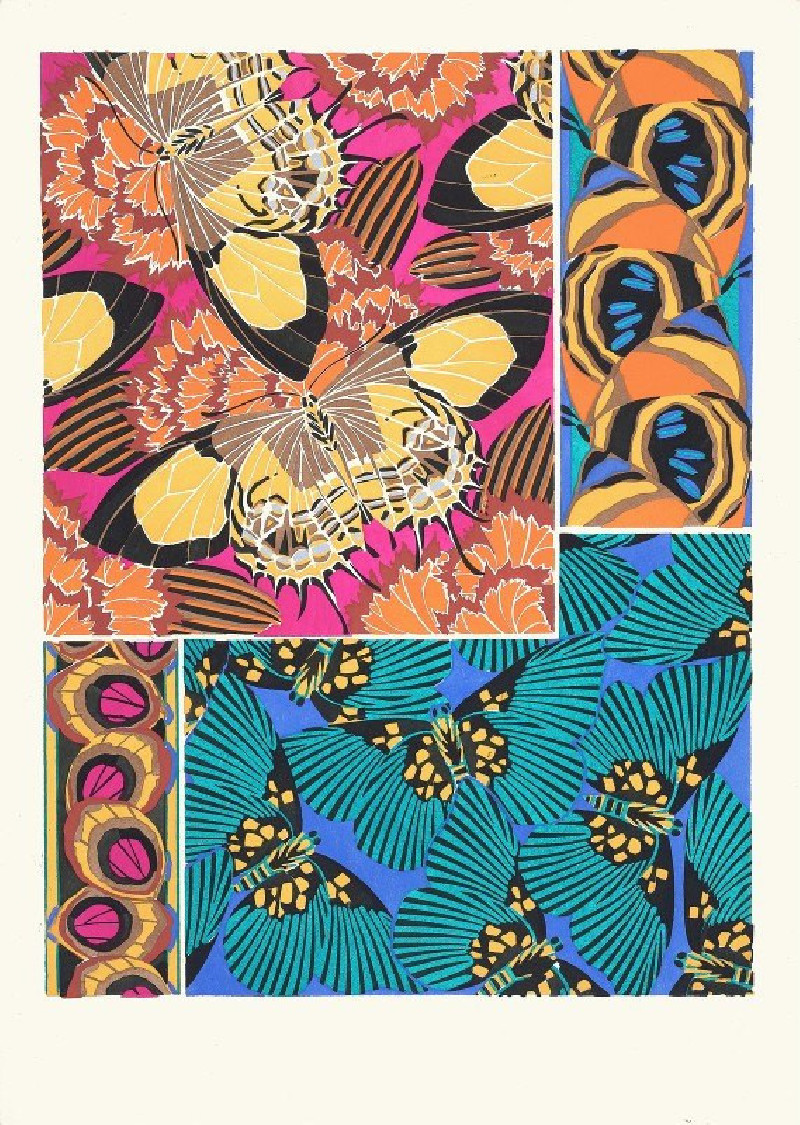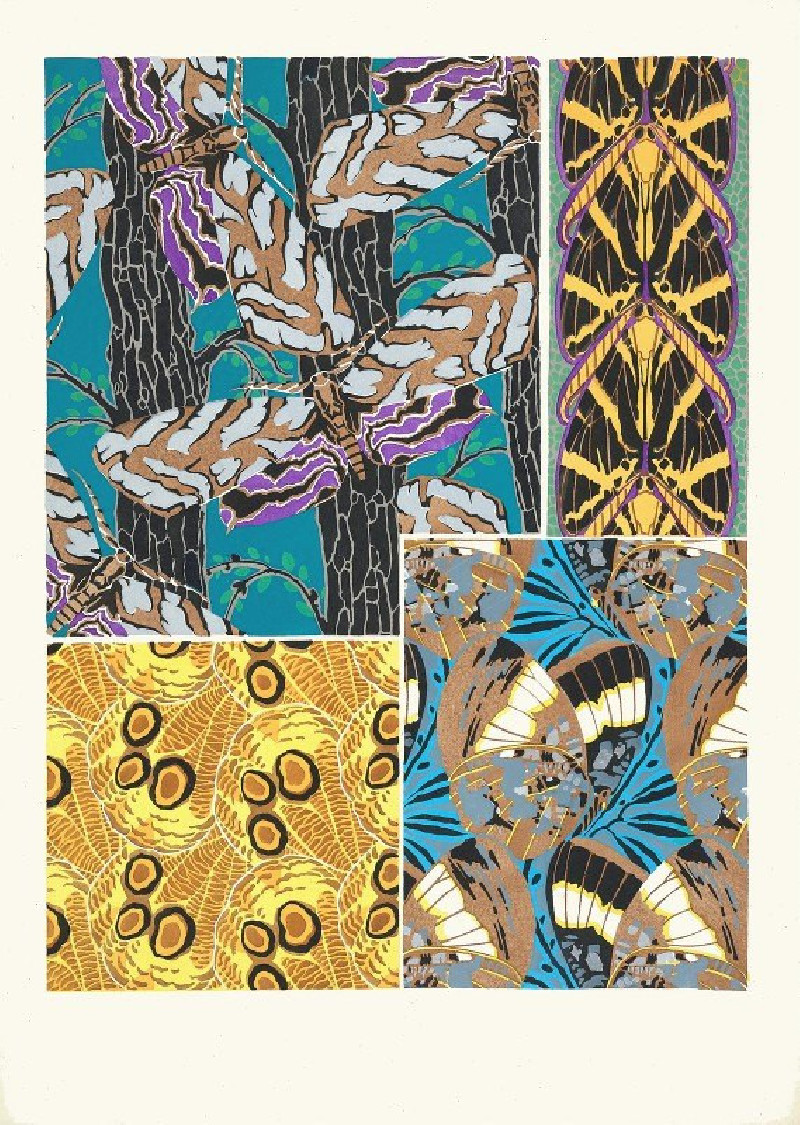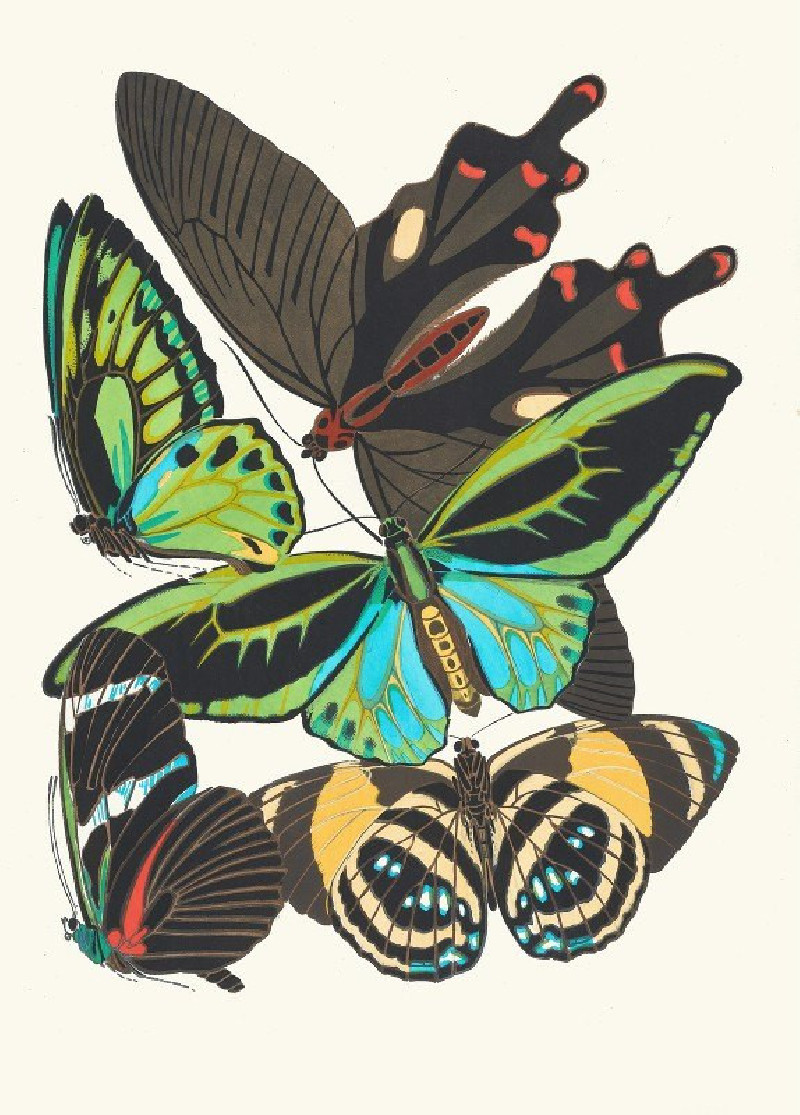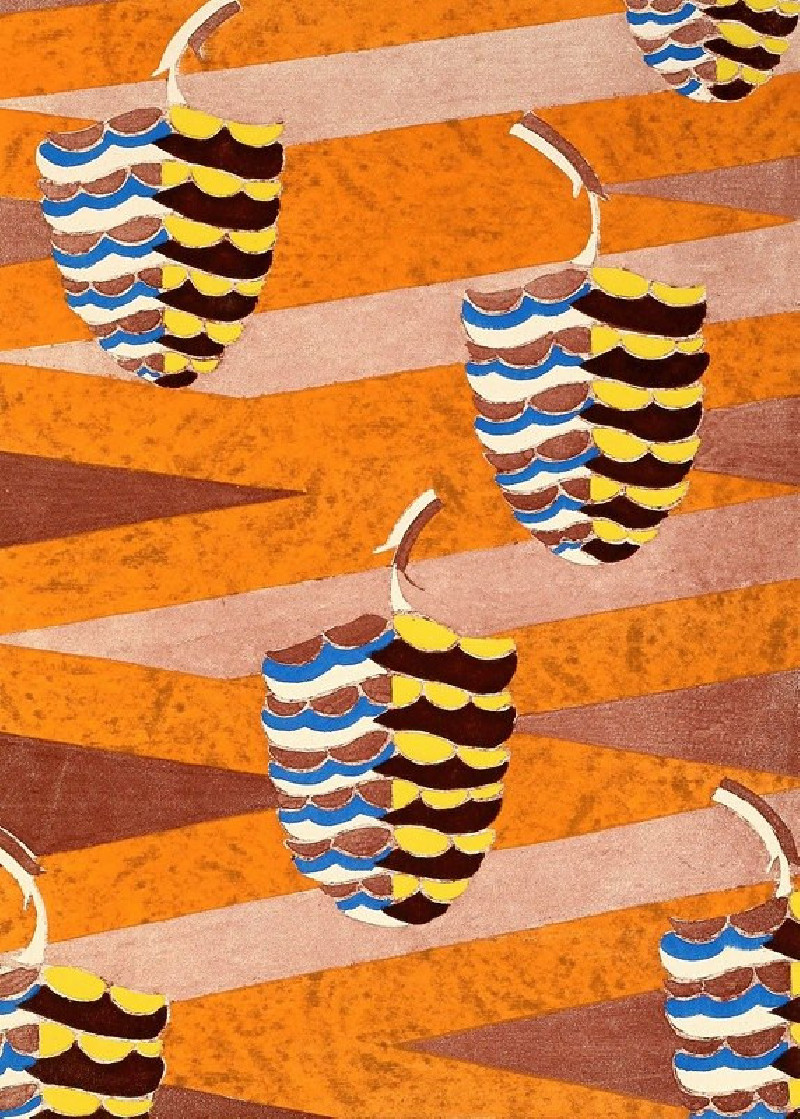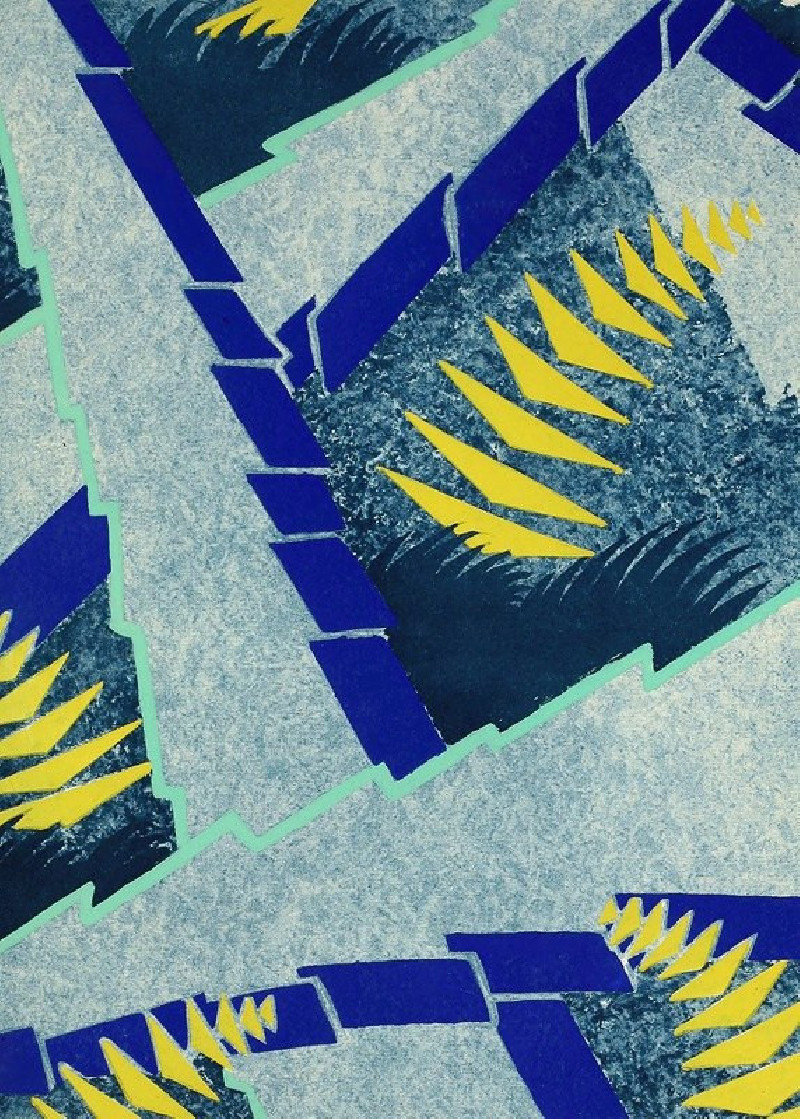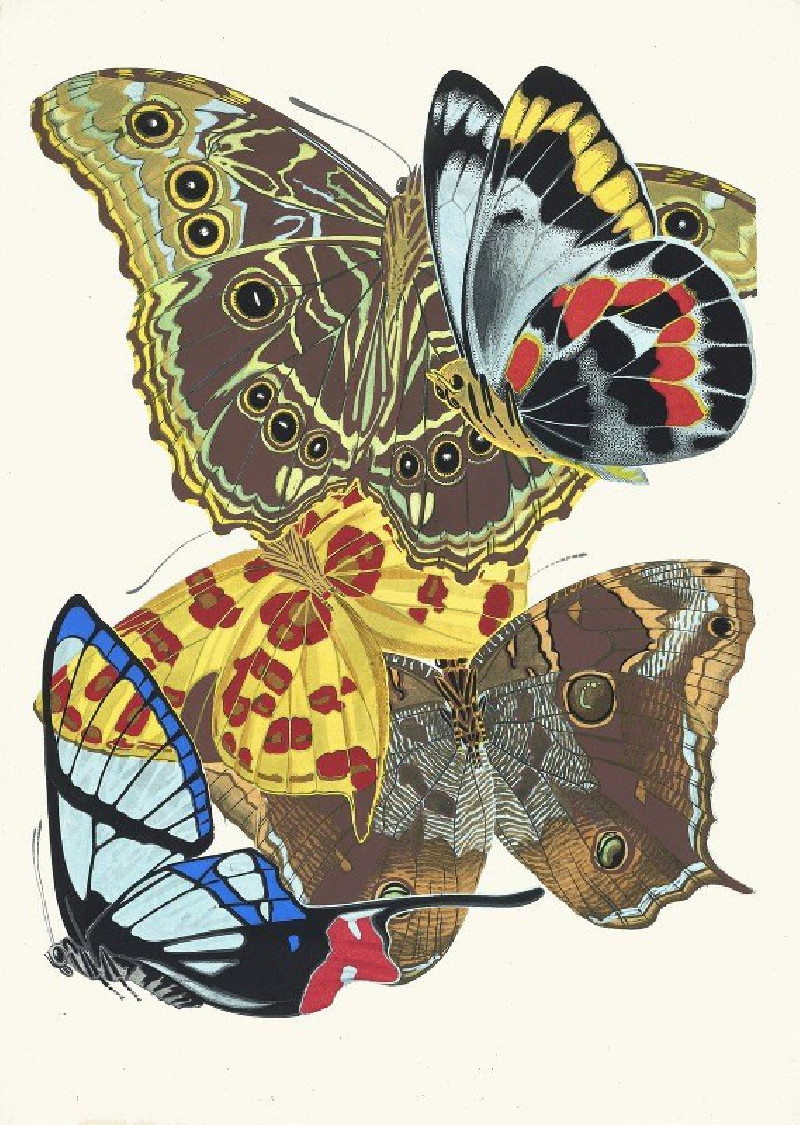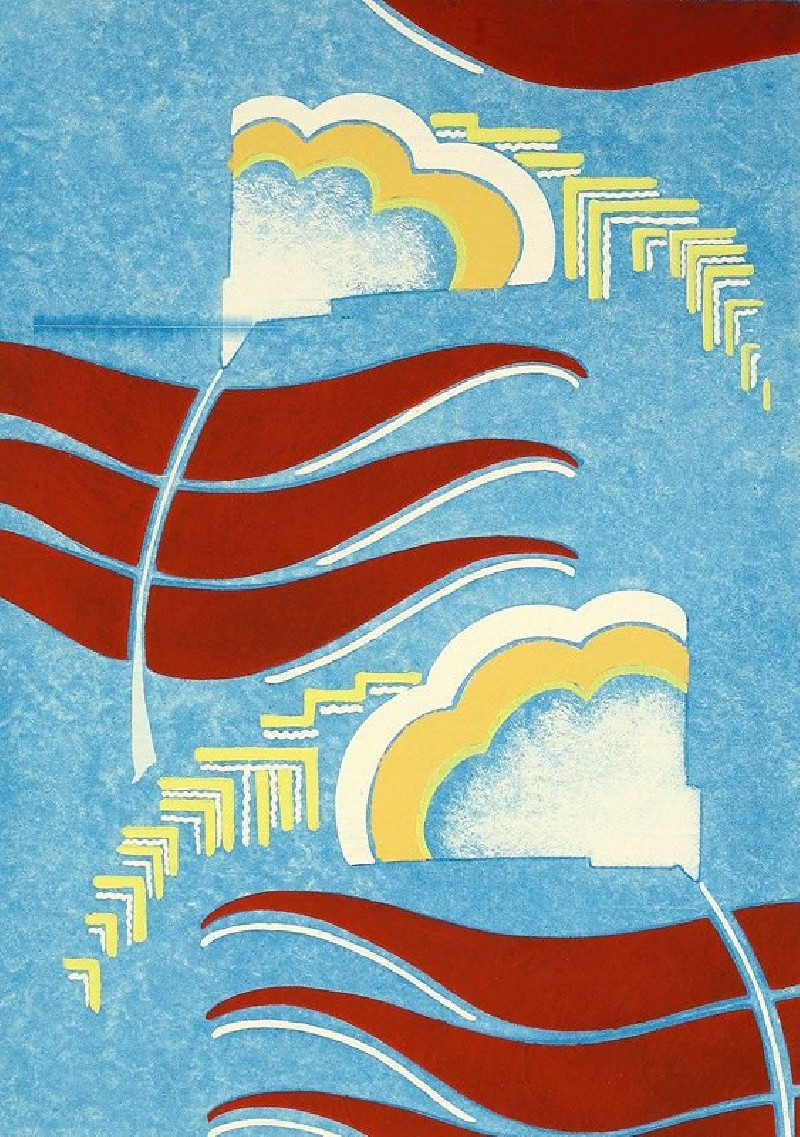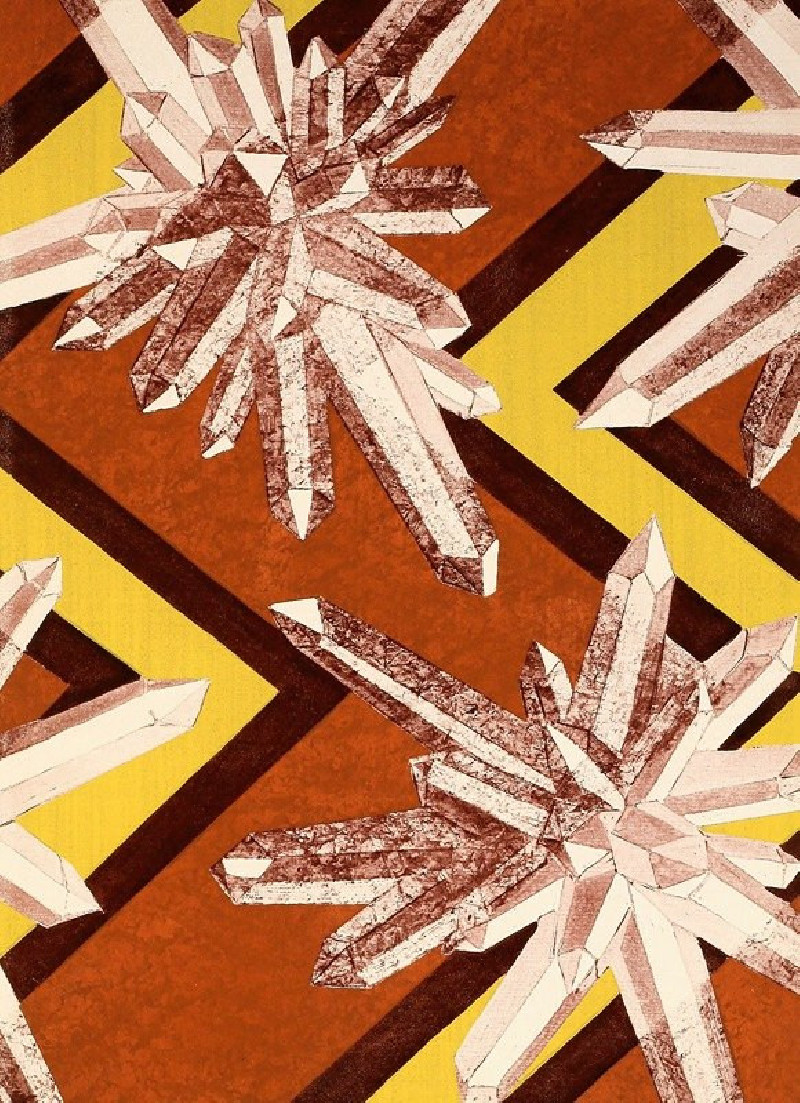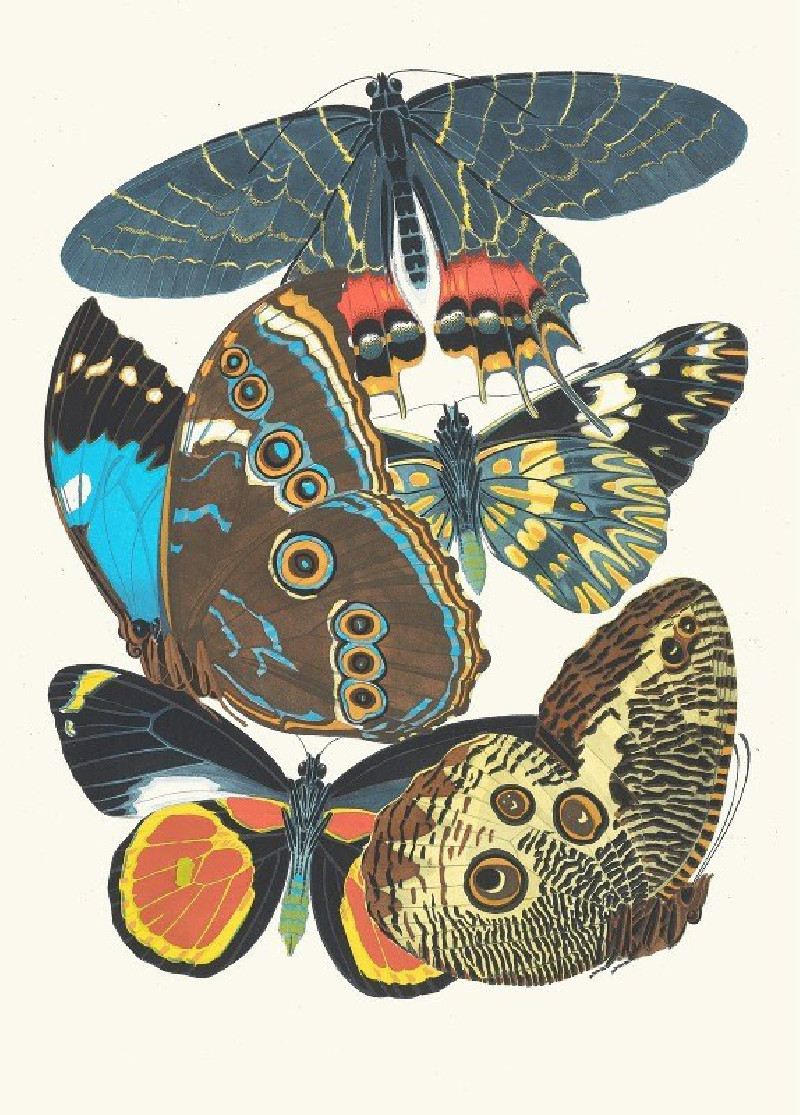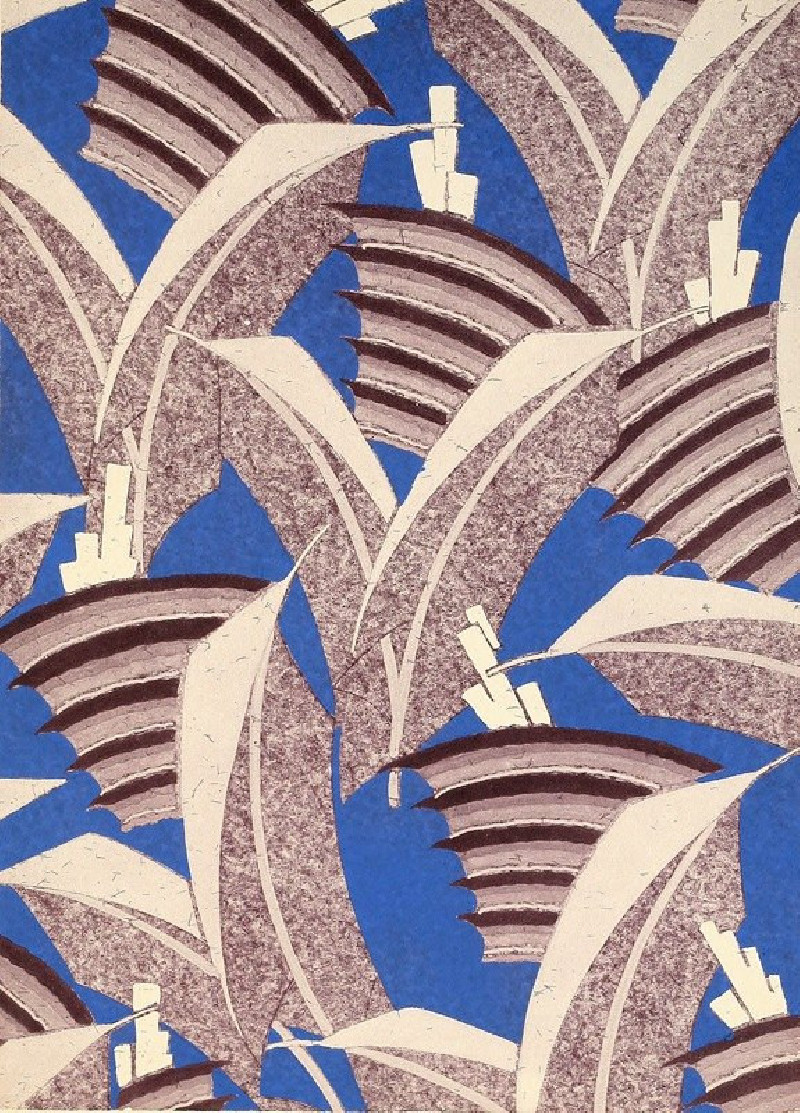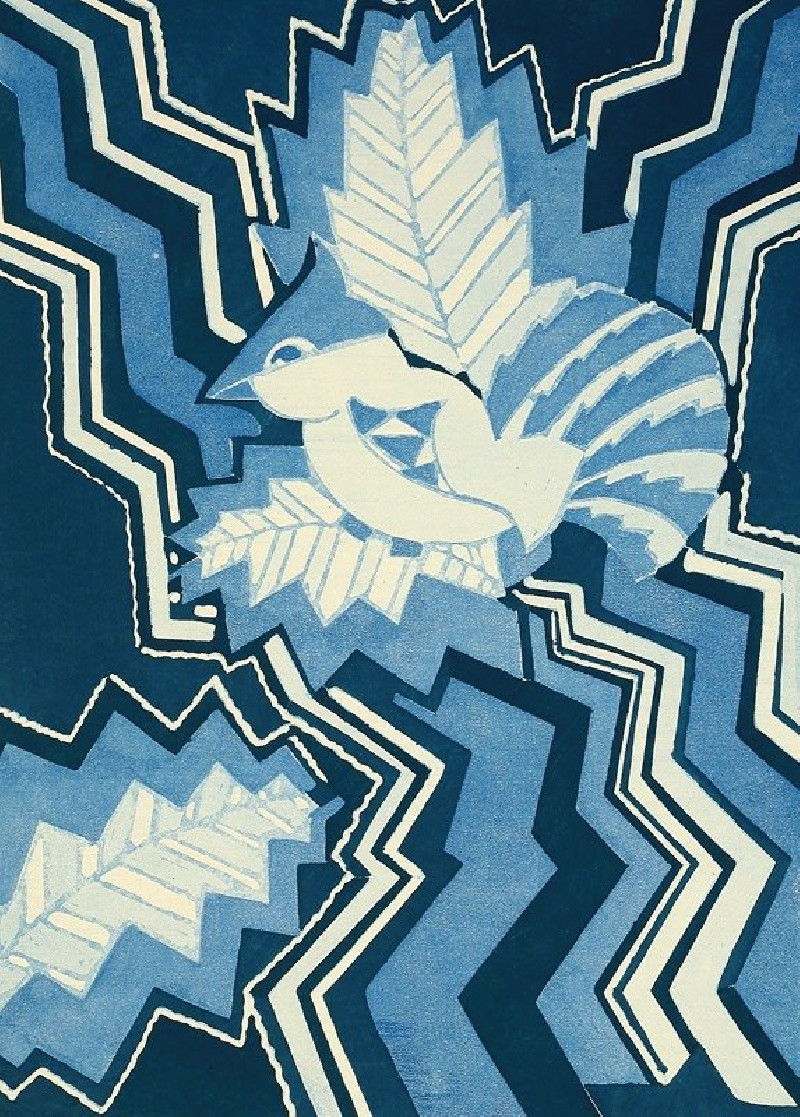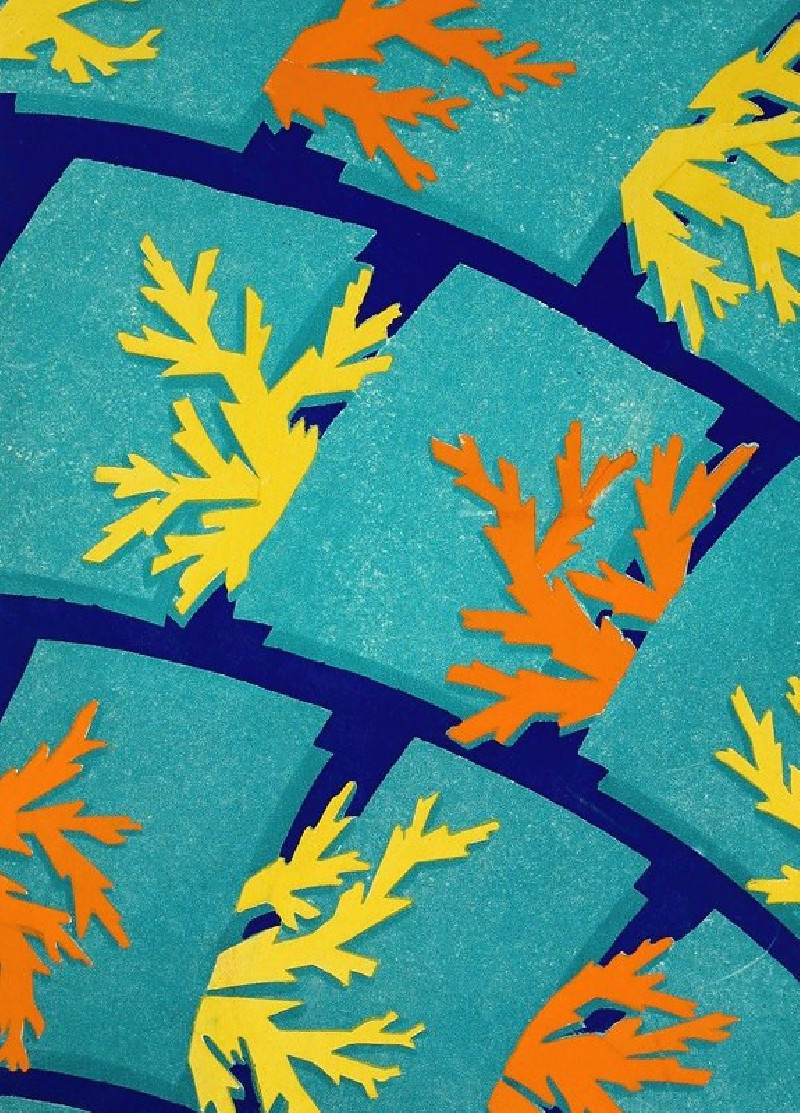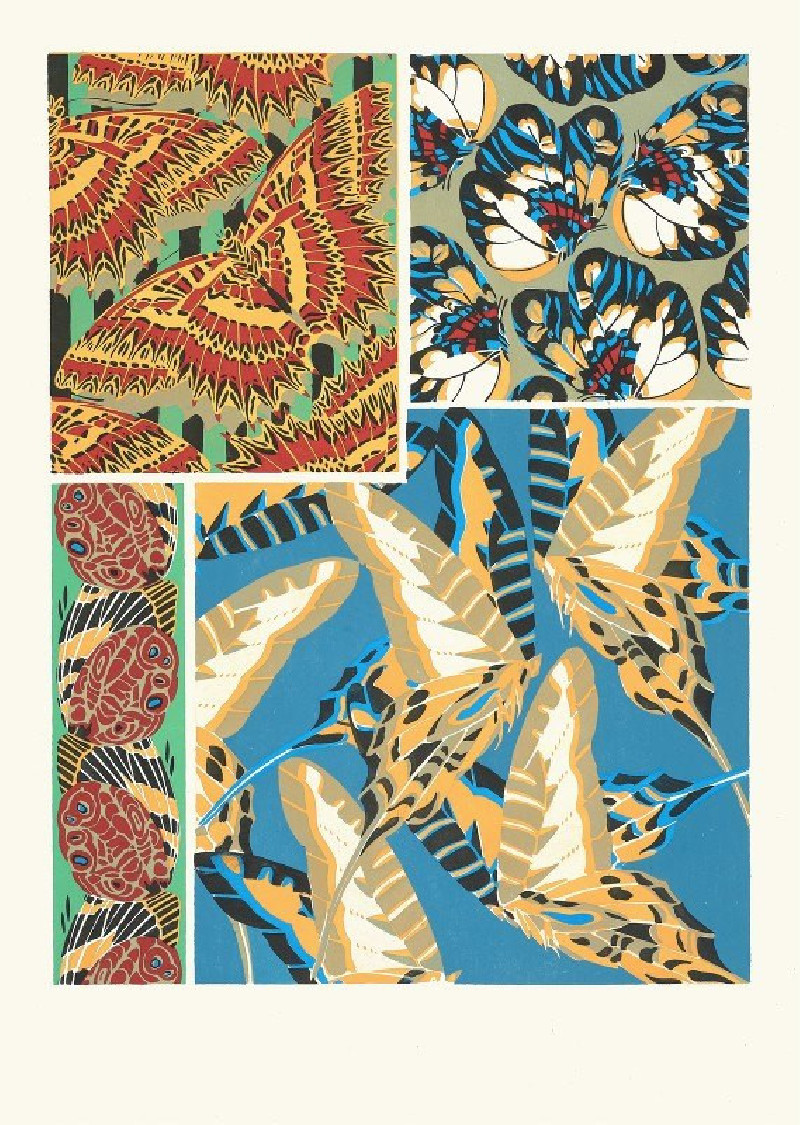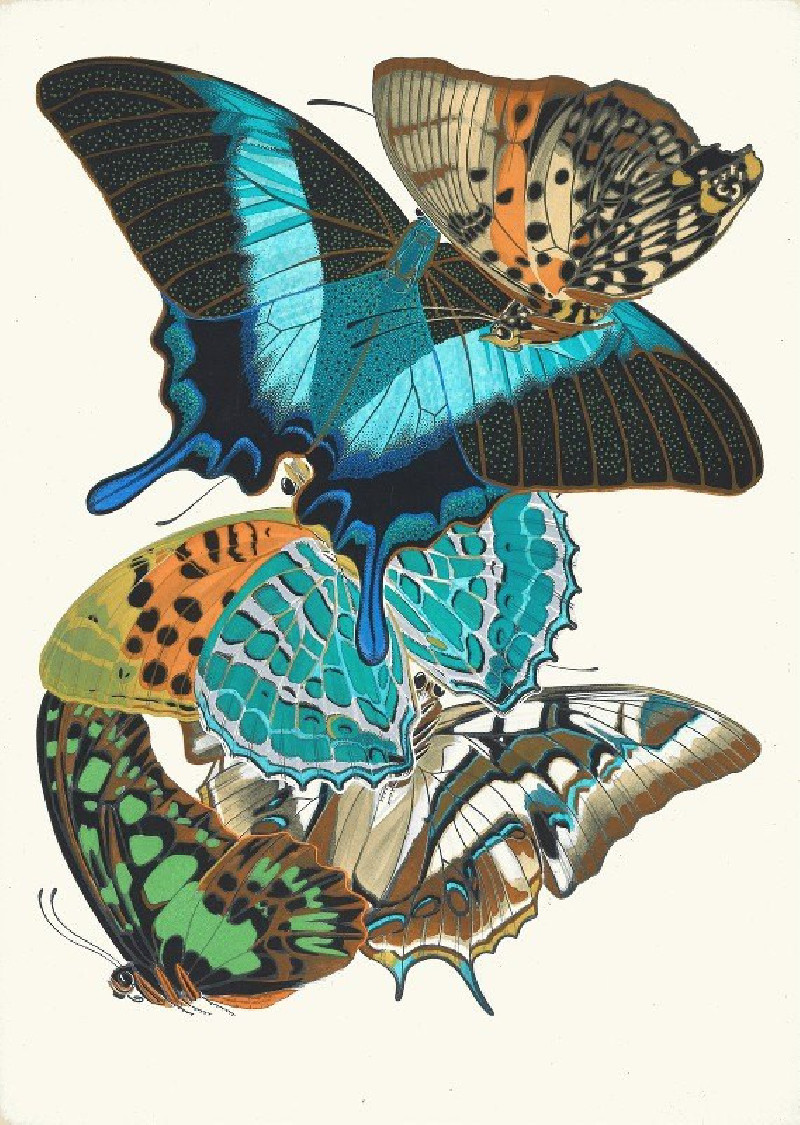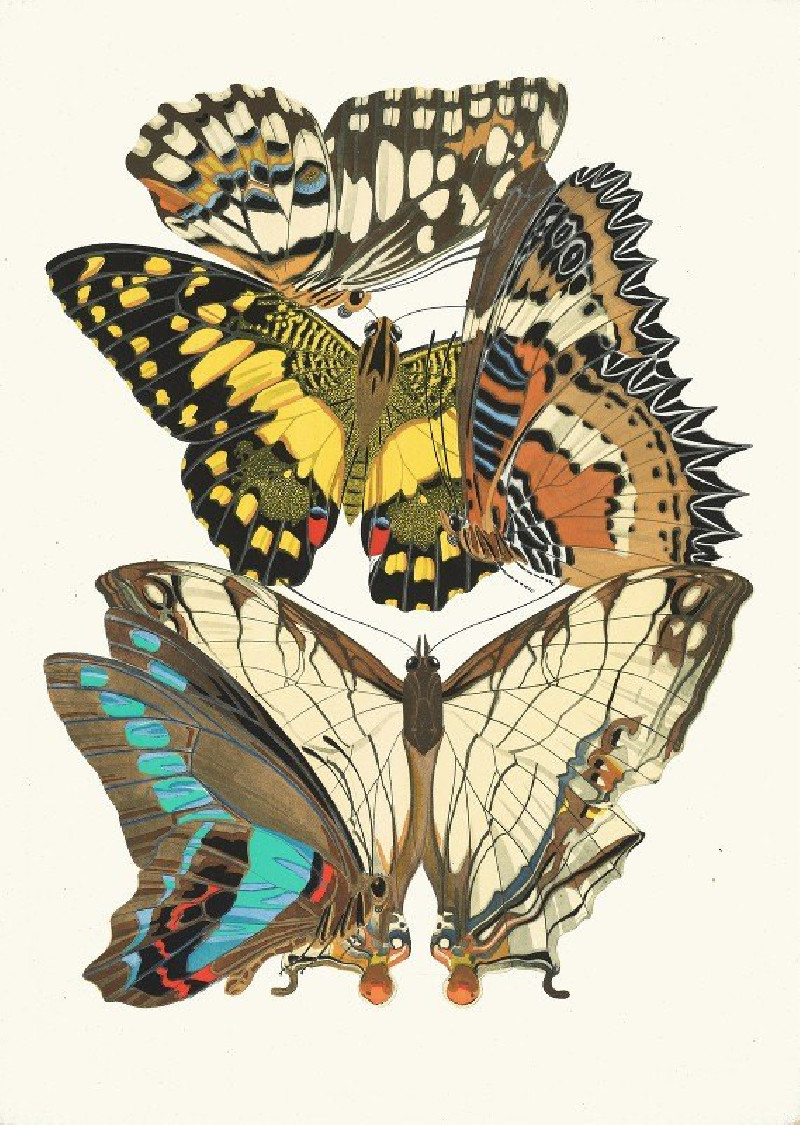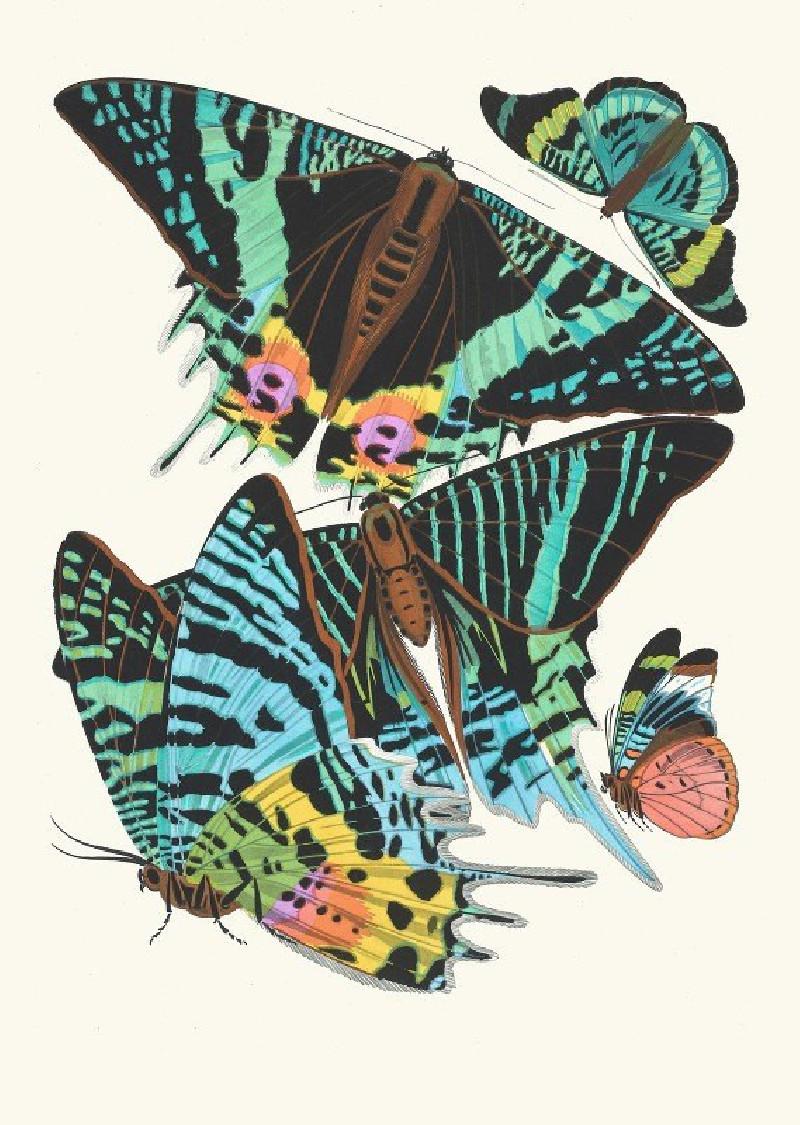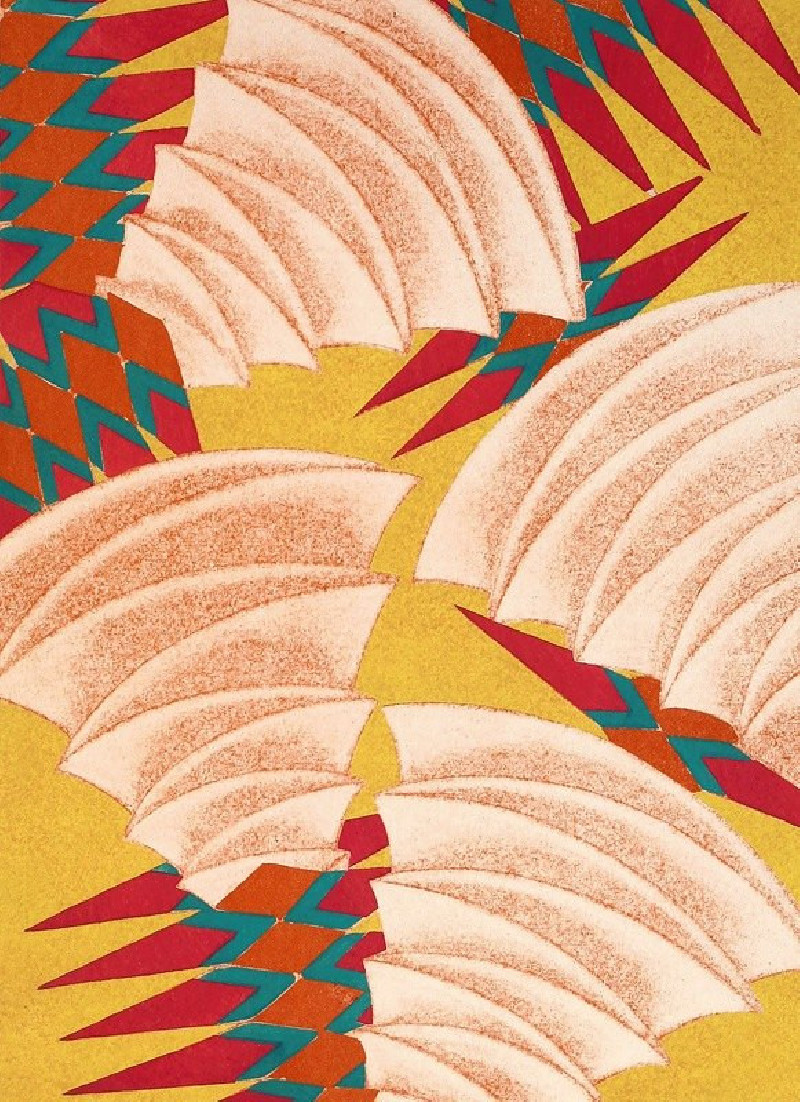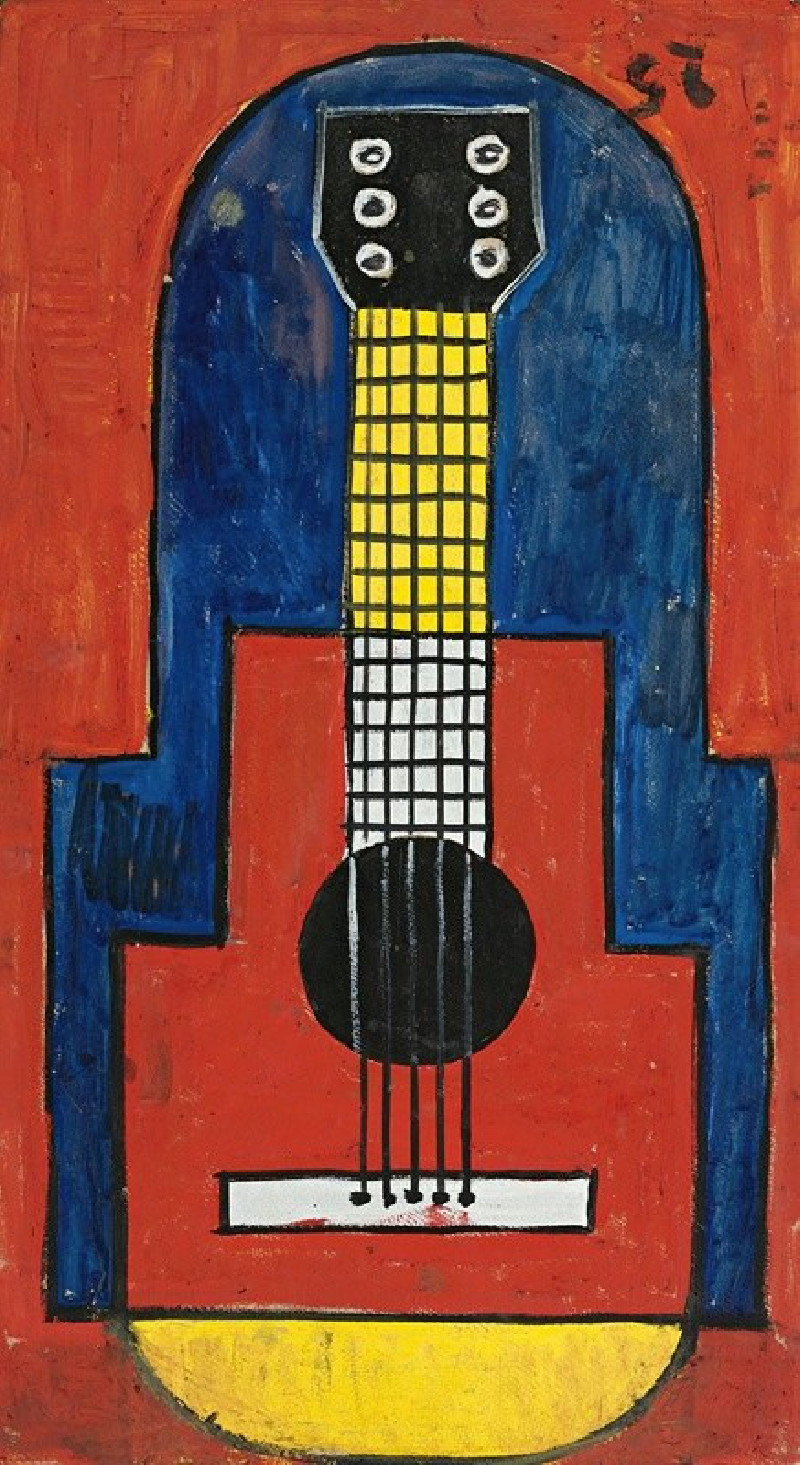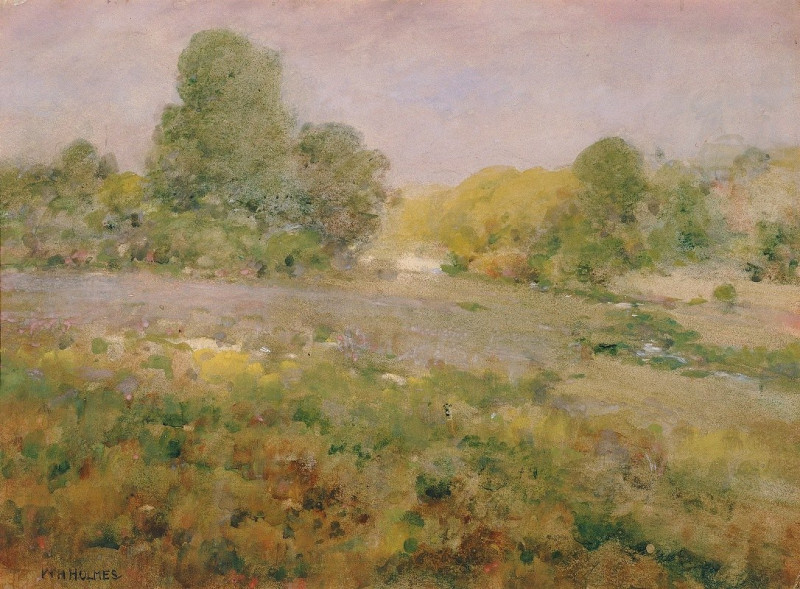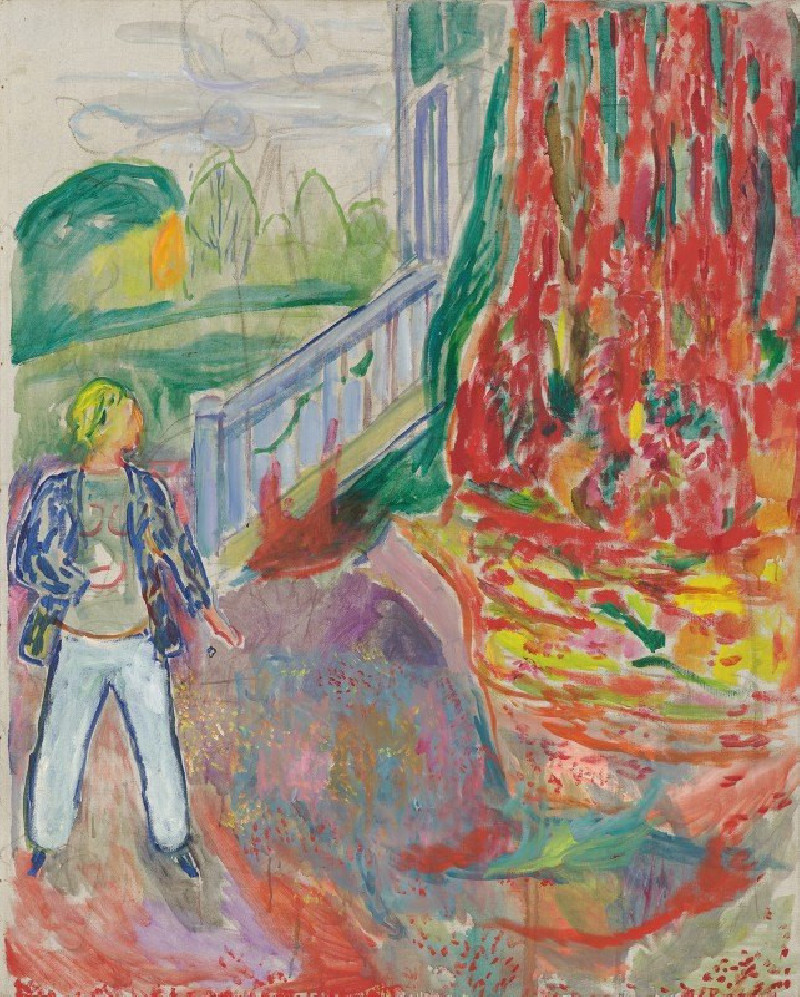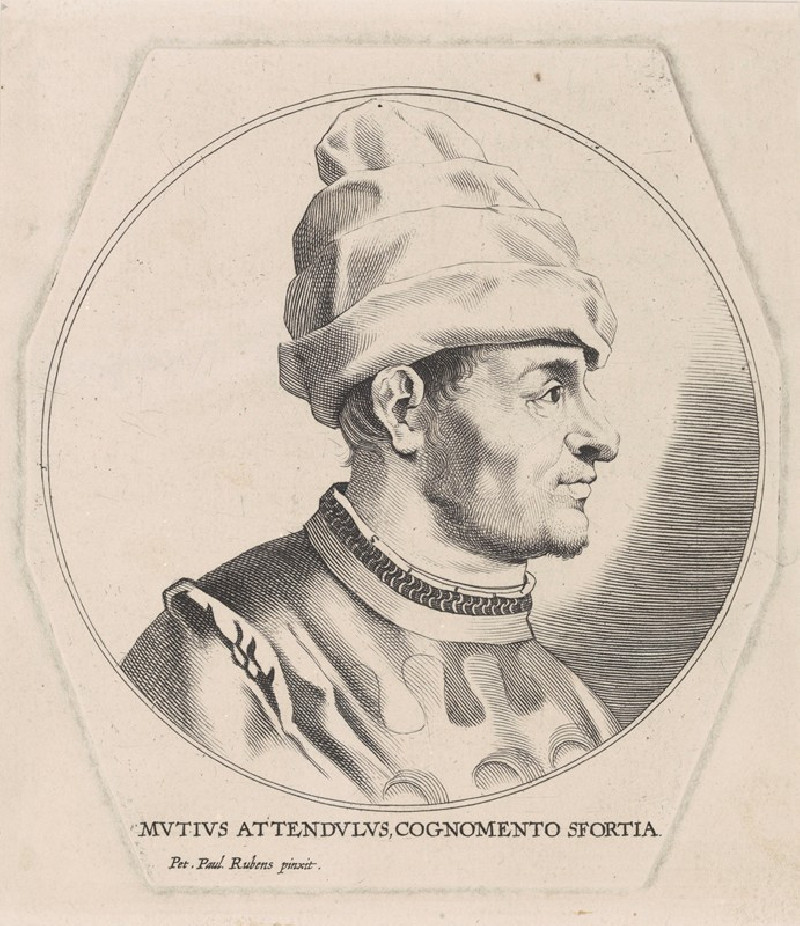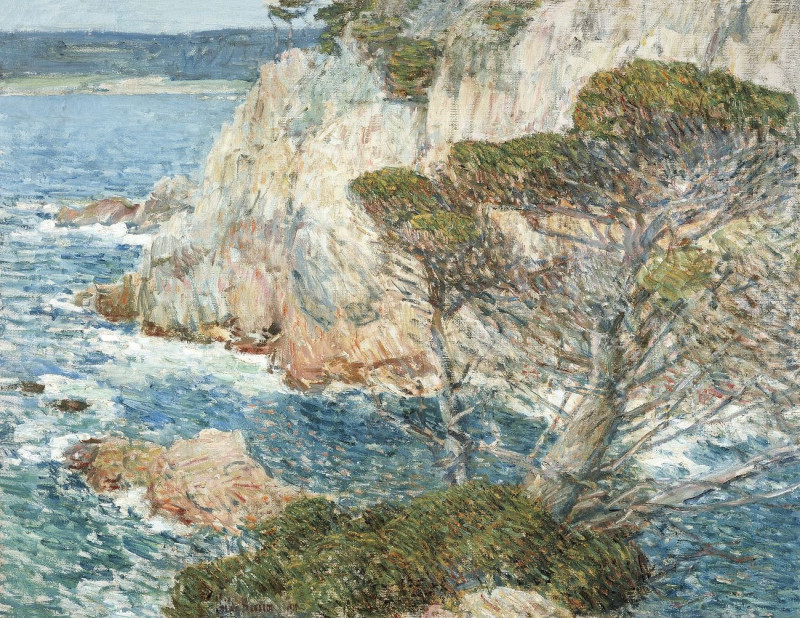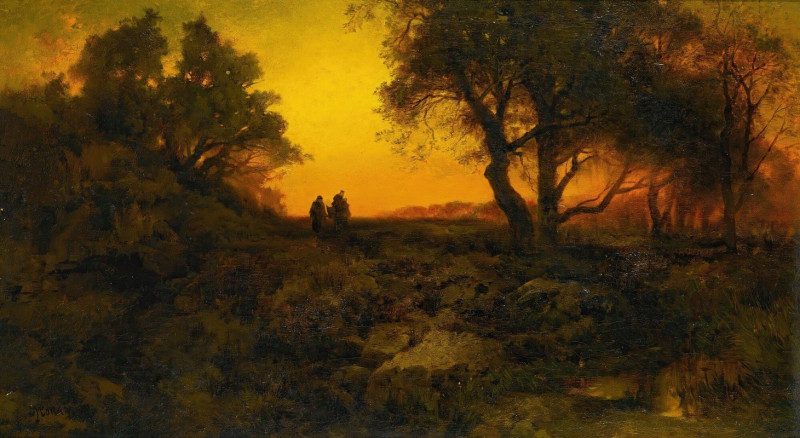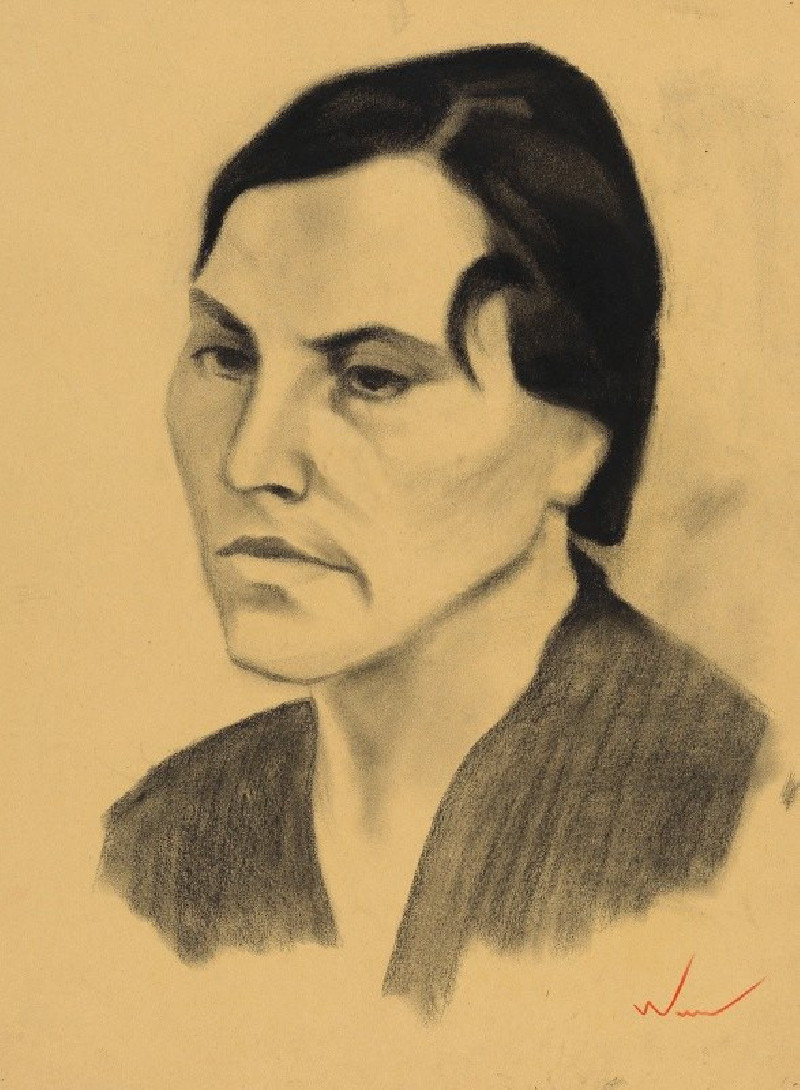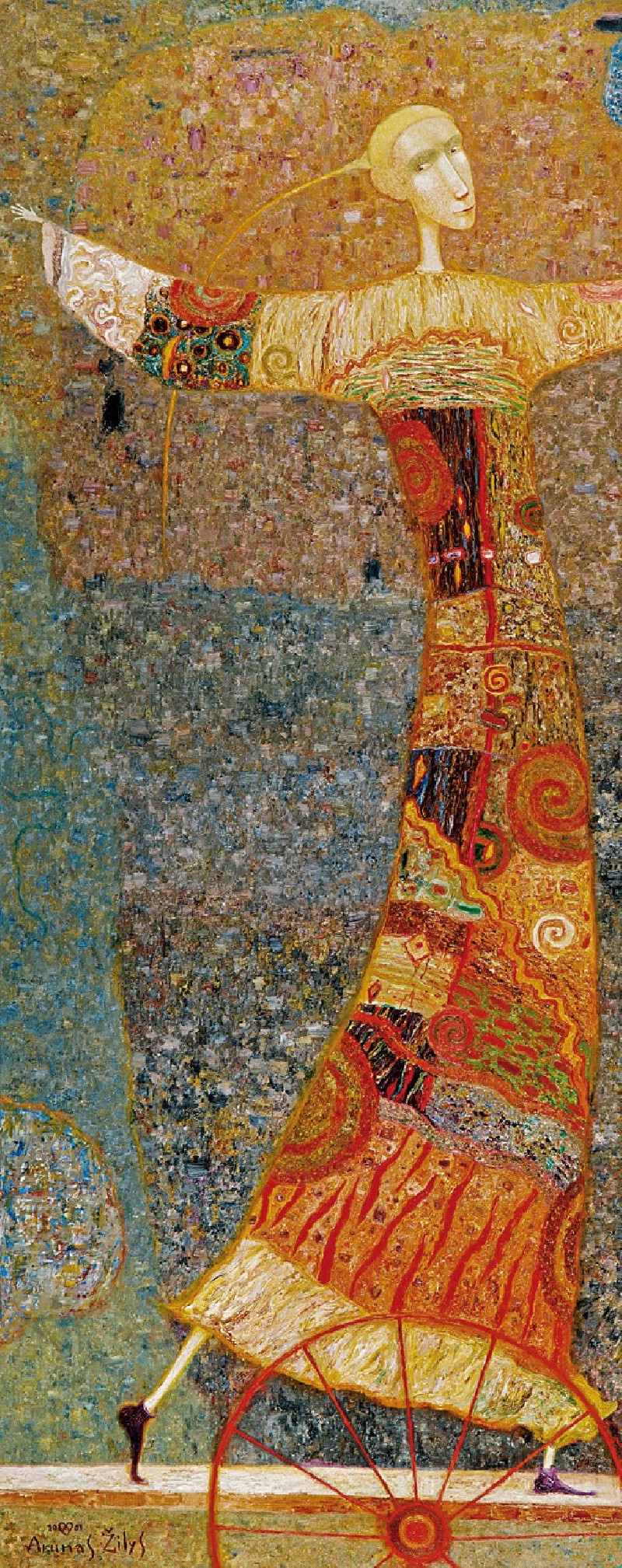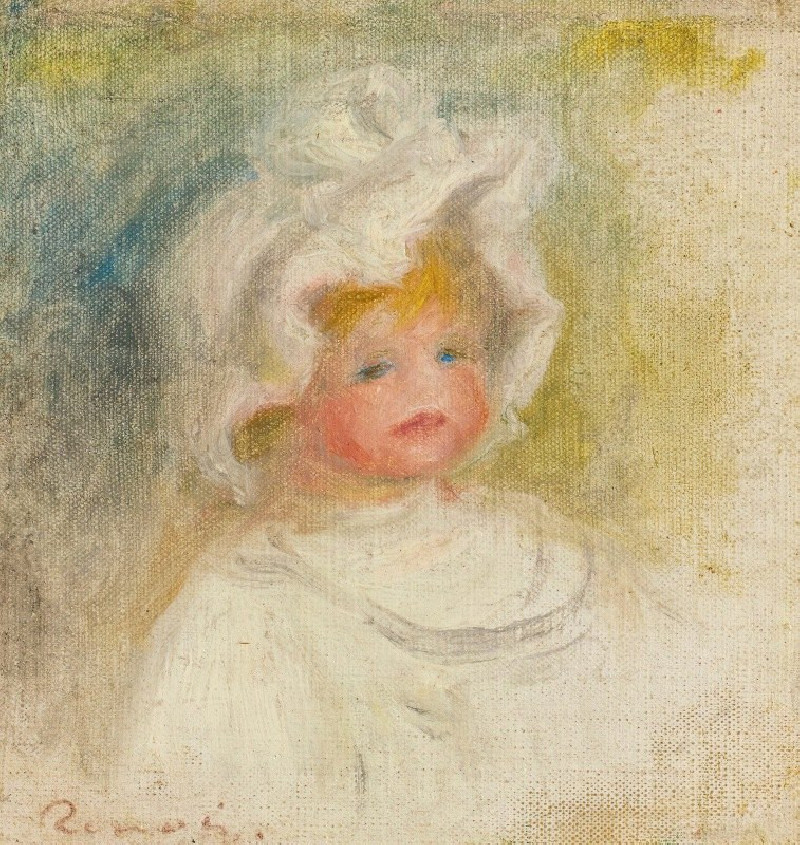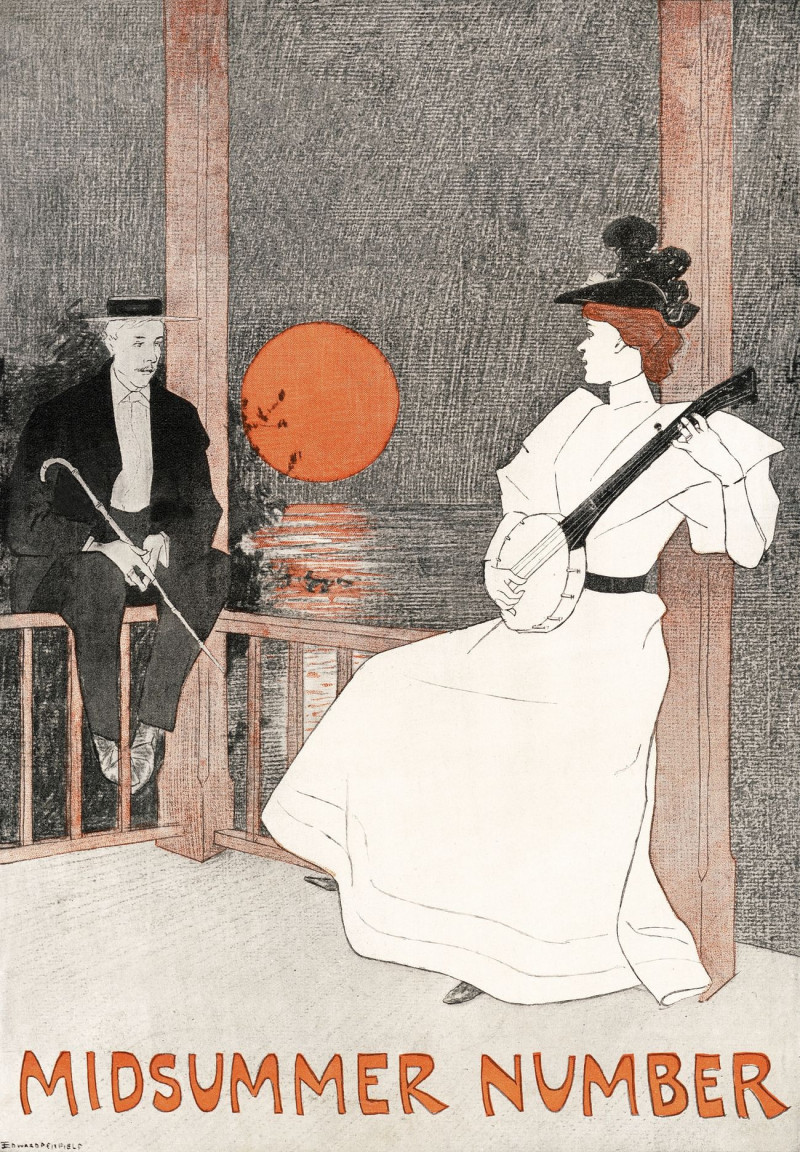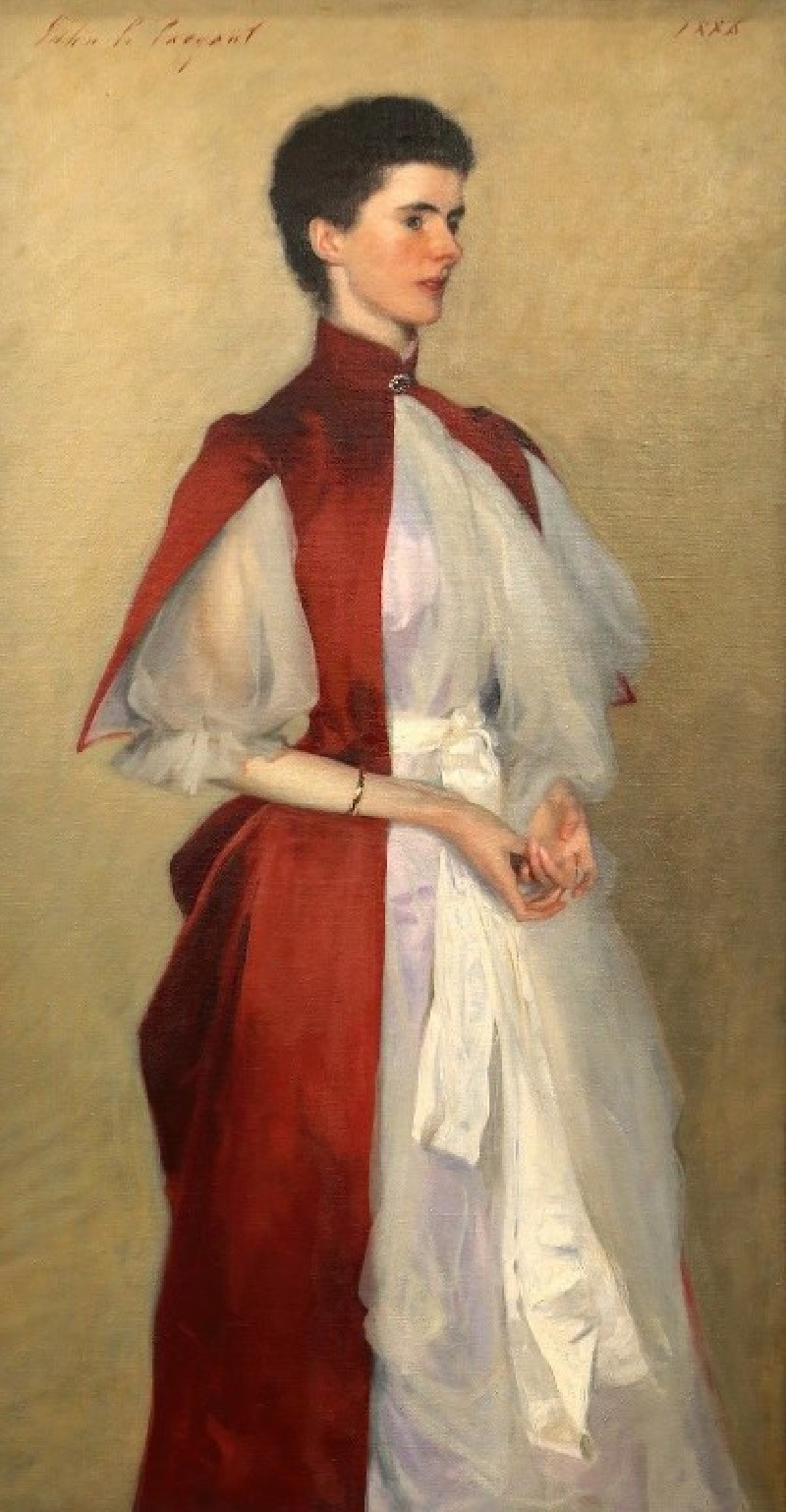Papillons, Pl. 17 (1925)
Technique: Giclée quality print
Recommended by our customers
More about this artwork
Dive into the dynamic and colorful composition of "Papillons, Pl. 17," a striking piece by the French artist Emile-Allain Séguy. This artwork showcases Séguy's exceptional ability to blend natural motifs with an Art Deco style, bringing out an exquisite symmetry and vibrancy that is both pleasing and intriguing to the viewer.The painting is partitioned into a four-panel design, each filled with its own distinct yet harmoniously interconnected pattern of butterfly and foliage motifs. In the upper left panel, luscious green leaves set against a vivid orange background create a lush, tropical feel. The intricacies of the leaf patterns are highlighted by dark outlines, which add depth and texture to the design.Moving to the upper right, the viewer is treated to an array of butterflies, depicted with fine detail and rich colors that contrast beautifully against a pink background. The butterflies' wings are adorned with an intricate array of lines and dots, demonstrating Séguy's attention to detail and mastery over the depiction of natural forms.The lower left panel features more butterflies, this time with wings in shades of blue and green, set against a complementary vibrant blue background. The layout suggests movement and lightness, capturing the essence of butterflies fluttering through the air.Finally, the lower right panel presents a more abstract approach, with white and gray leaf-like shapes gracefully arranged over a sky-blue background. The minimalistic yet bold design complements the other panels and completes the artwork with a sense of calm and serenity."Papillons, Pl.
Delivery
Returns
Emile-Allain Séguy was a popular French designer throughout the Art Deco and Art Nouveau movements of the 1920s. Often confused with the French entomologist Eugene Séguy who was active during the same time period, E.A. Séguy designed primarily patterns and textiles and was heavily influenced by the natural world. He was particularly fond of the intricate patterns and beauty of insects (Eugene would have approved), which he saw as “mechanic wonders” that provided abundant inspiration for interior design (Schiff, 157).


